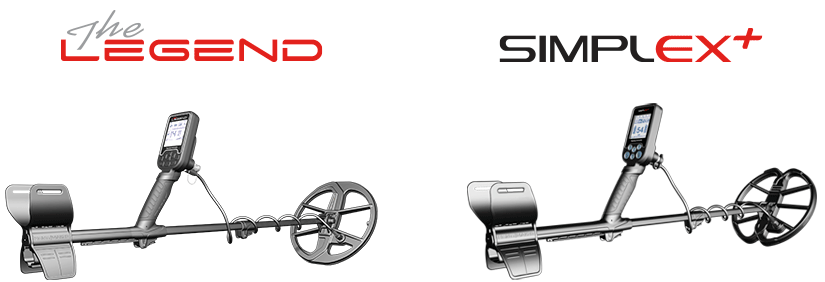An Anfibio Tip I see a lot of guys posting that they knock out a few high numbers to prevent wrap responses. My take on this method is this: When you want to have a good idea if something is a false or anything that's corroding--with these numbers accepted, you can see maybe "94" "("97" etc--the signal blending with the ground. With these numbers blocked off you have these responses butting up against your lowest reject--giving less information. These high numbers also tell me if something is copper or brass--blending with the ground.
Silver stays down lower in the low /mid 90's unless is super deep and masked by iron--actually being overwhelmed. Not a foolproof measure but with the Anfibio's "lock on" ability you can get a pretty good idea of what's what. As well--in blocking out more of the grounds signal good faint targets are inhibited too. Just got mine back had broken pins off in the jack stupidly (not my first such instance) super glad to have this detector in hand it's a powerhouse! cjc
Silver stays down lower in the low /mid 90's unless is super deep and masked by iron--actually being overwhelmed. Not a foolproof measure but with the Anfibio's "lock on" ability you can get a pretty good idea of what's what. As well--in blocking out more of the grounds signal good faint targets are inhibited too. Just got mine back had broken pins off in the jack stupidly (not my first such instance) super glad to have this detector in hand it's a powerhouse! cjc




